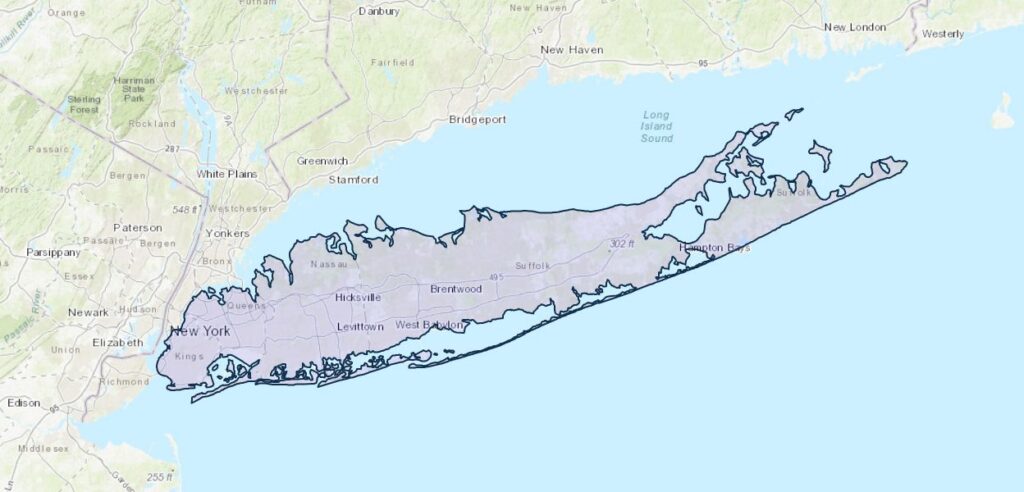In the Natural Resources Defense Council (NRDC) “Nature’s Voice newsletter this Fall, it reported that the Environmental Protection Agency (EPA) restricted six toxic PFAS chemicals found in drinking water.

This is the first time that the agency was successful in the attempt to restrict what is called “forever chemicals” in water. The PFOAS are prevalent in drinking water that brought public scrutiny and support, advocacy by the NRDC and other environmental organizations. The effort to eliminate the six toxic PFAS chemicals has found strength from NRDC members and online activists. Long overdue, it will undoubtedly go to the courts as the EPA’s goal to provide life-saving standards for our drinking water and beyond to all waters in general will be met with strong legal opposition from the chemical industry and water utilities.
This is a worthwhile fight that will determine the outcome of the public’s right to safe drinking water or corporation’s right to continue to use unsafe “forever chemicals” that will inevitably cause human health issues. Stay tuned as this court battle will impact our communities on the east end as well.
The U.S. Geological Survey (USGS) has partnered with the New York State Department of Environmental Conservation (NYSDEC) to conduct a comprehensive study of the Long Island aquifer system. The major findings of this investigation include:
The location of the boundary between fresh and salty groundwater is much closer to the shoreline than previously thought.
The historical onshore saltwater intrusion in Brooklyn and Queens has not receded despite the cessation of groundwater withdrawals since the early 1990s.
Although saltwater intrusion is an important concern for coastal communities on Long Island, the groundwater modeling analysis indicates only minor changes in the regional freshwater volume since predevelopment conditions.
Increases in aquifer recharge and sea level in response to climate change can increase groundwater levels and streamflows creating concerns for groundwater flooding in subterranean infrastructure in low-lying areas where the unsaturated zone is already thin.
From The Nature Conservancy – June 16, 2023
“Groundwater filtrates into the aquifer, often carrying pollutants that exceed EPA standards. “Every drop entering Long Island’s groundwater aquifers flows to either a drinking water well or to the nearest stream, lake, bay, or harbor.”
Did You Know?
Most of Long Island, New York is entirely dependent on the underlying sole-source aquifer system, which currently supplies over 400 million gallons a day (MGD) of freshwater from more than 1,500 public-supply wells to over 2.8 million people in Nassau and Suffolk Counties. As the name implies, Long Island’s sole-source aquifer system is the only source of water available to meet the needs of the Island’s population.